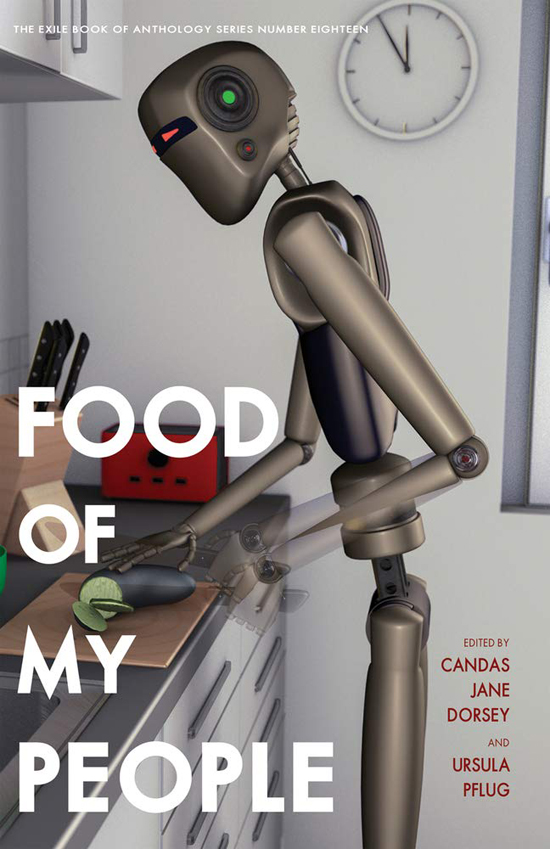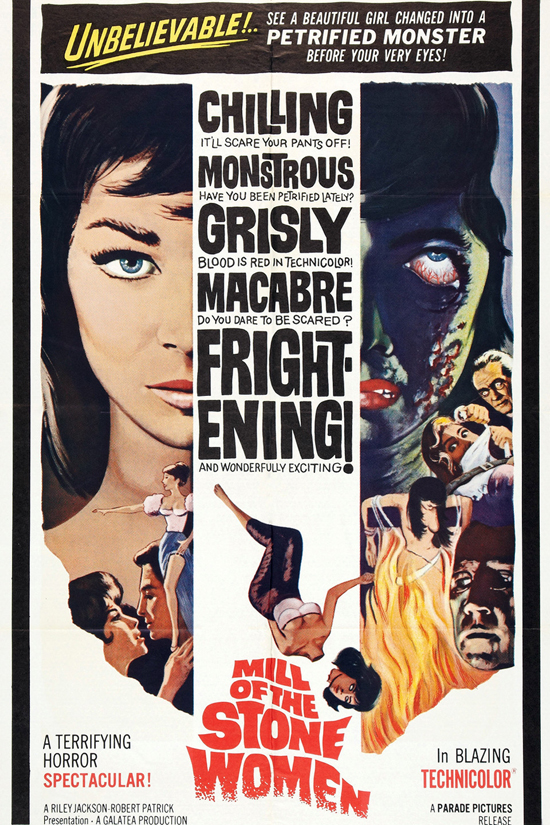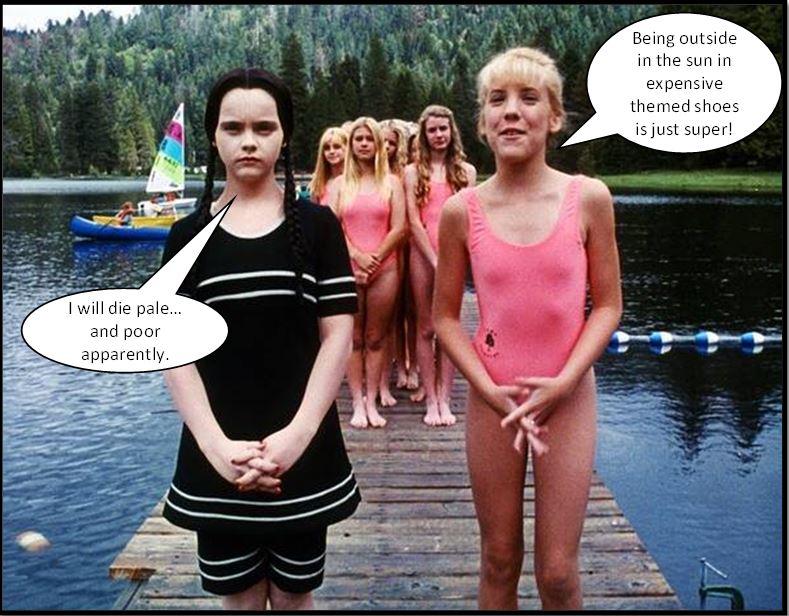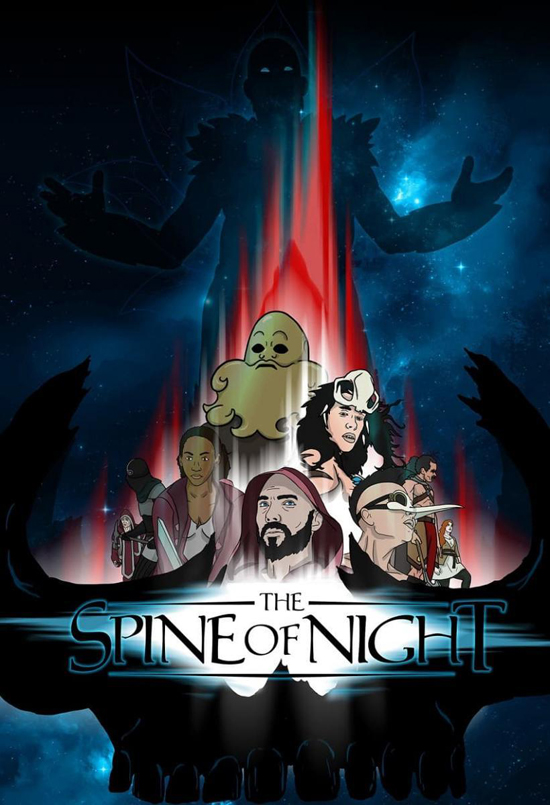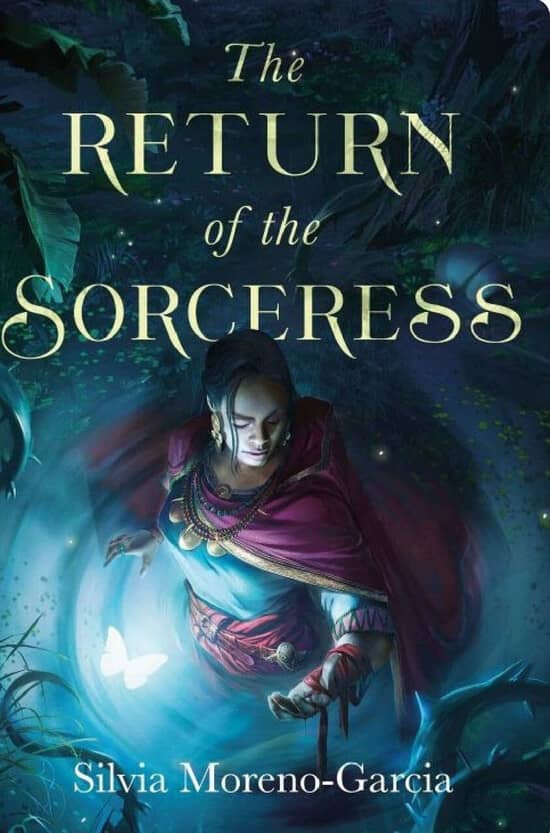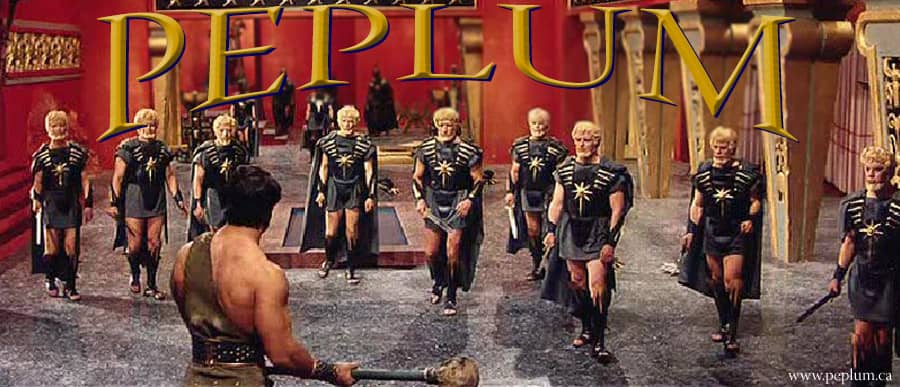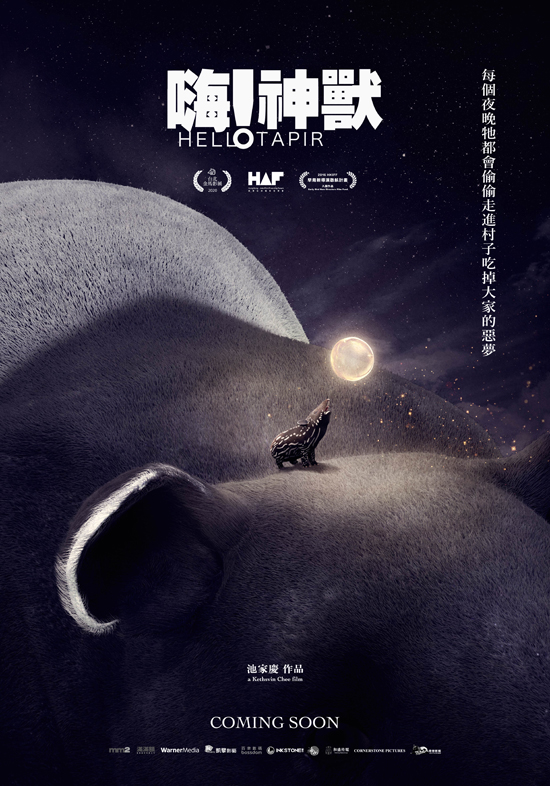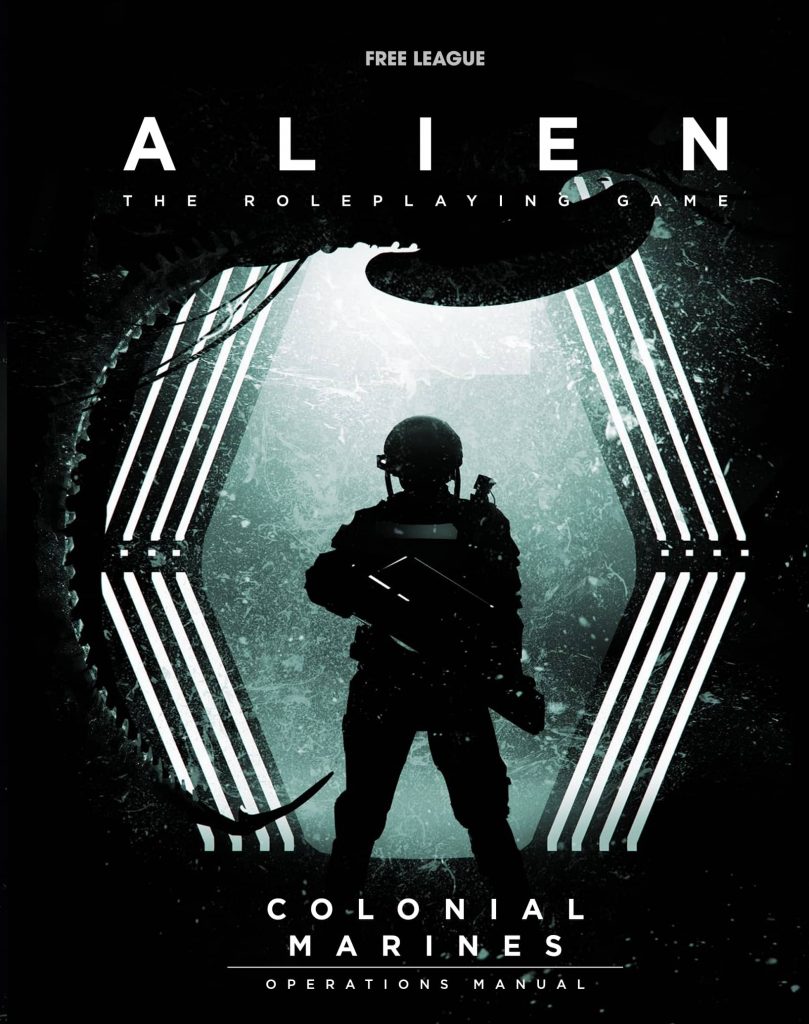New Treasures: Among Thieves by MJ Kuhn
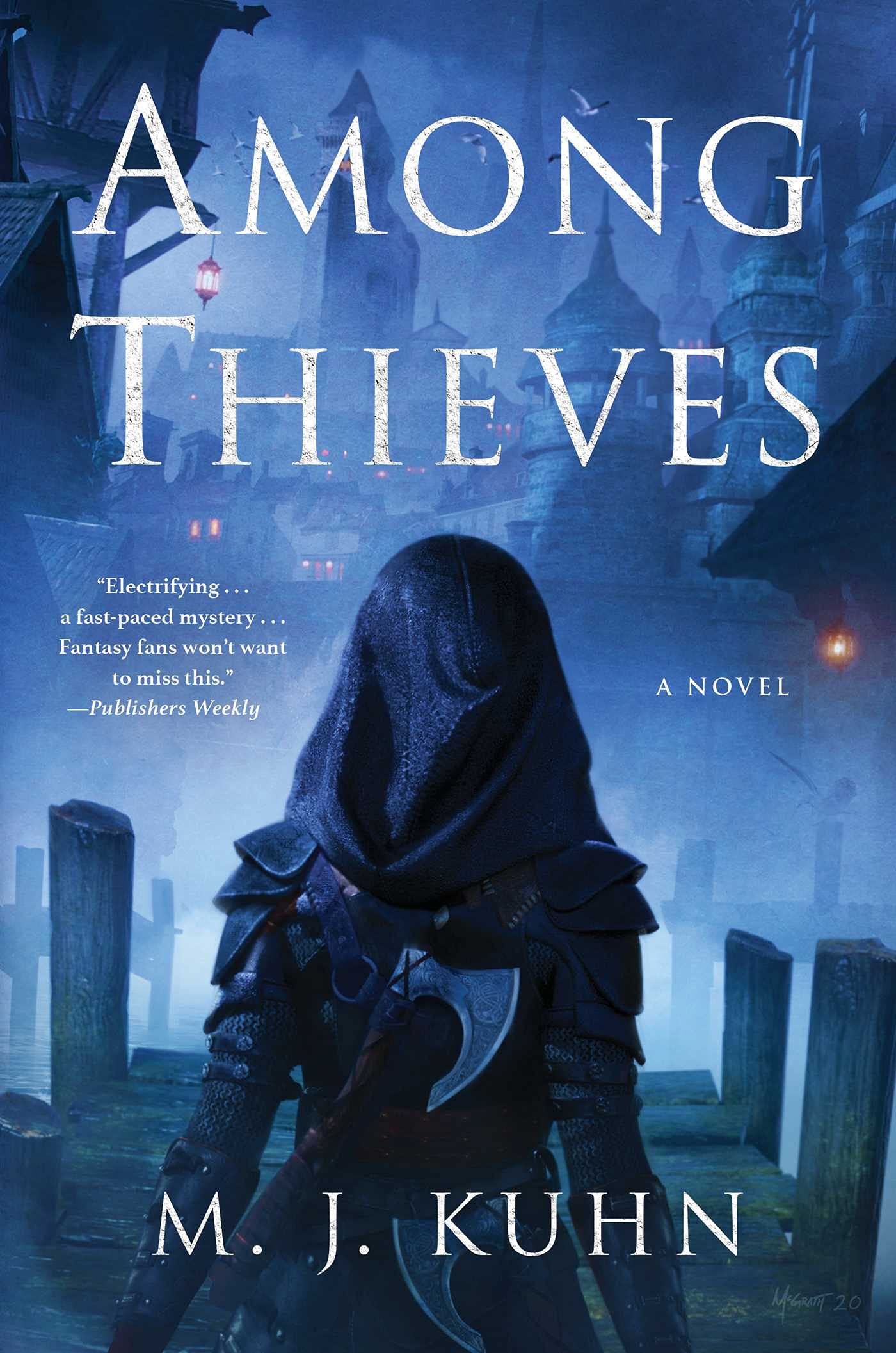 |
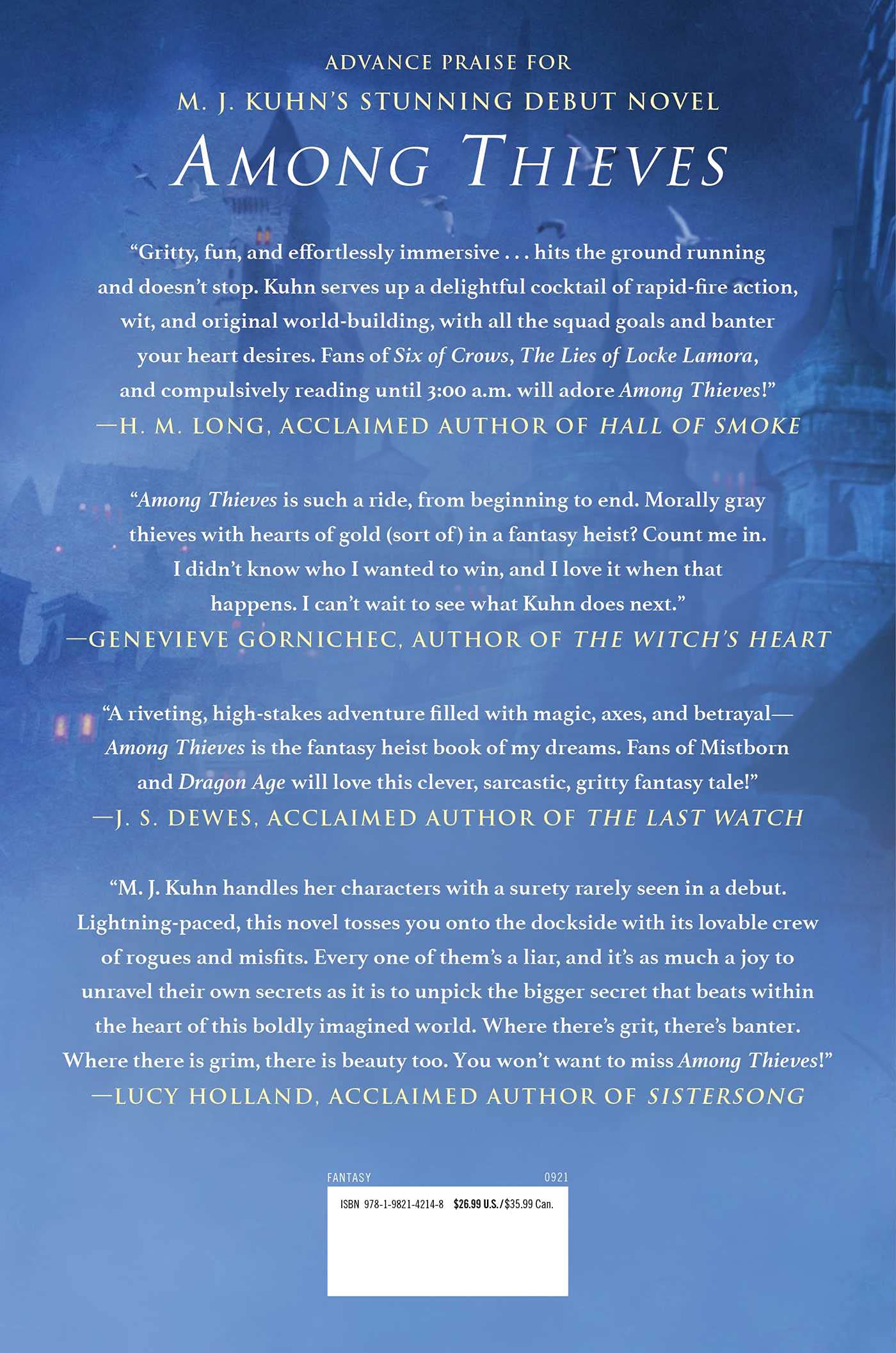 |
Among Thieves by M.J. Kuhn (Saga Press, September 2021)
It’s been a long week, and it’s time to relax with a good fantasy novel. Lucky for me, Saga Press has just released M.J. Kuhn’s debut, the tale of a high-stakes heist in a world of magic and malice. It sounds like just what I’m looking for. Here’s the enthusiastic review from Publisher’s Weekly.
Kuhn debuts with an electrifying fantasy that takes readers into the seamy heart of Dresdell, one of the five kingdoms of Thamorr, where rival crime syndicates vie for jobs. When Toliver Shadowwood, the King of Edale, arranges a meeting with the Kestrel Crowns, Ryia Cautella, an infamous member of the Saints of the Wharf, snoops on their rendezvous. She discovers that Shadowwood is after an ancient, magical quill belonging to the Guildmaster of Thamorr, the most powerful person in all the five kingdoms. It’s this quill that gives the Guildmaster his uncanny powers, so when the Crowns reject the offer, Ryia seizes the opportunity to poach the job… Kuhn successfully builds a fast-paced mystery around both the quill’s powers and Ryia’s troubled past. Fantasy fans won’t want to miss this.
Among Thieves was published by Saga Press on September 7, 2021. It is 343 pages, priced at $26.99 in hardcover, $12.99 in digital and $19 in audio formats. The cover is by Chris McGrath. See all our recent New Treasures here.
